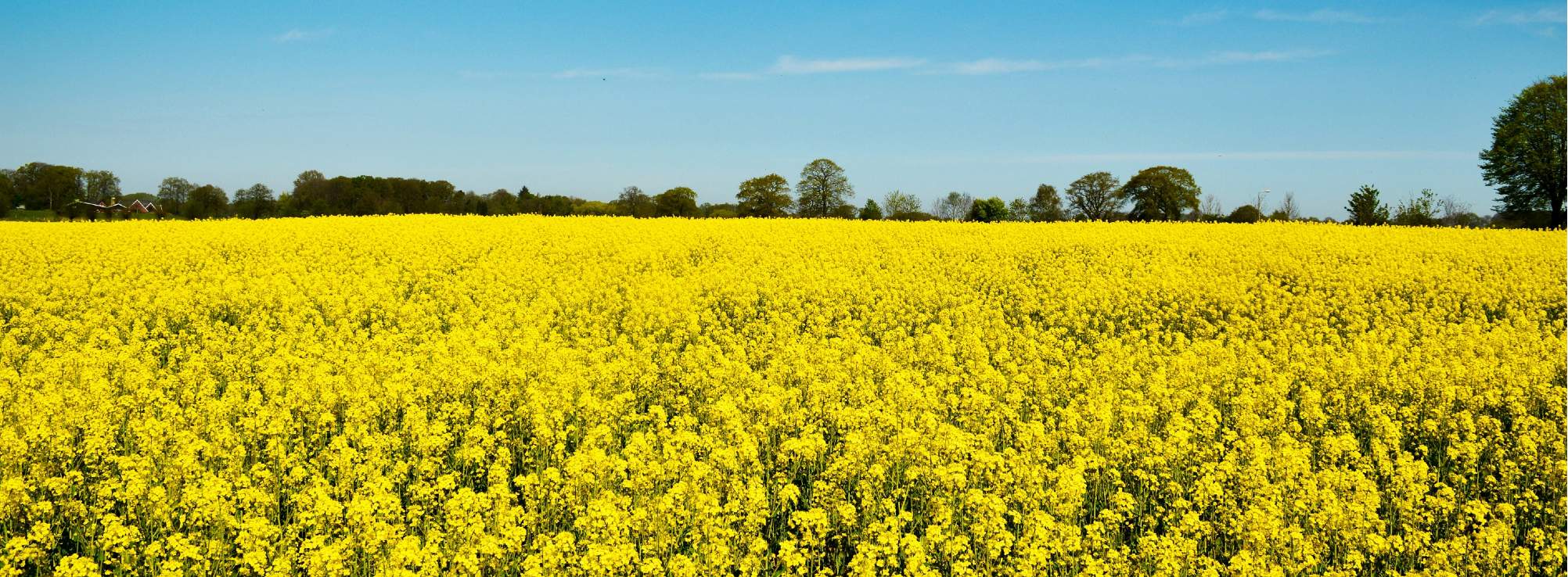Whether in the boardroom or on the sports field, the use of data has long been an effective way to drive improved performance.
Farming and agriculture is, of course, no different. By sitting down and crunching the numbers you can often identify efficiencies and work out where (or where not) more investment is needed.
As the basic payment scheme (BPS) continues to reduce, many farmers will be looking at their balance sheets to find ways to increase income or make savings.
Several data-led farm management systems already exist – with Savills running its own platform for its clients.
Suitable for farms of all sizes and scale, we typically adopt a field-by-field (rather than crop-by-crop) approach, with data sourced from at least the last five years.
Everything from field sizes, crop types and detailed input costs are recorded, alongside figures for historic and projected yields. These results are then compared to soil type and drainage reports in order to extrapolate key findings.
By going into granular detail we can build a comprehensive picture of a farm’s performance – identifying trends and tracking yields over time.

.jpg)

.jpg)
.jpg)
.jpg)




